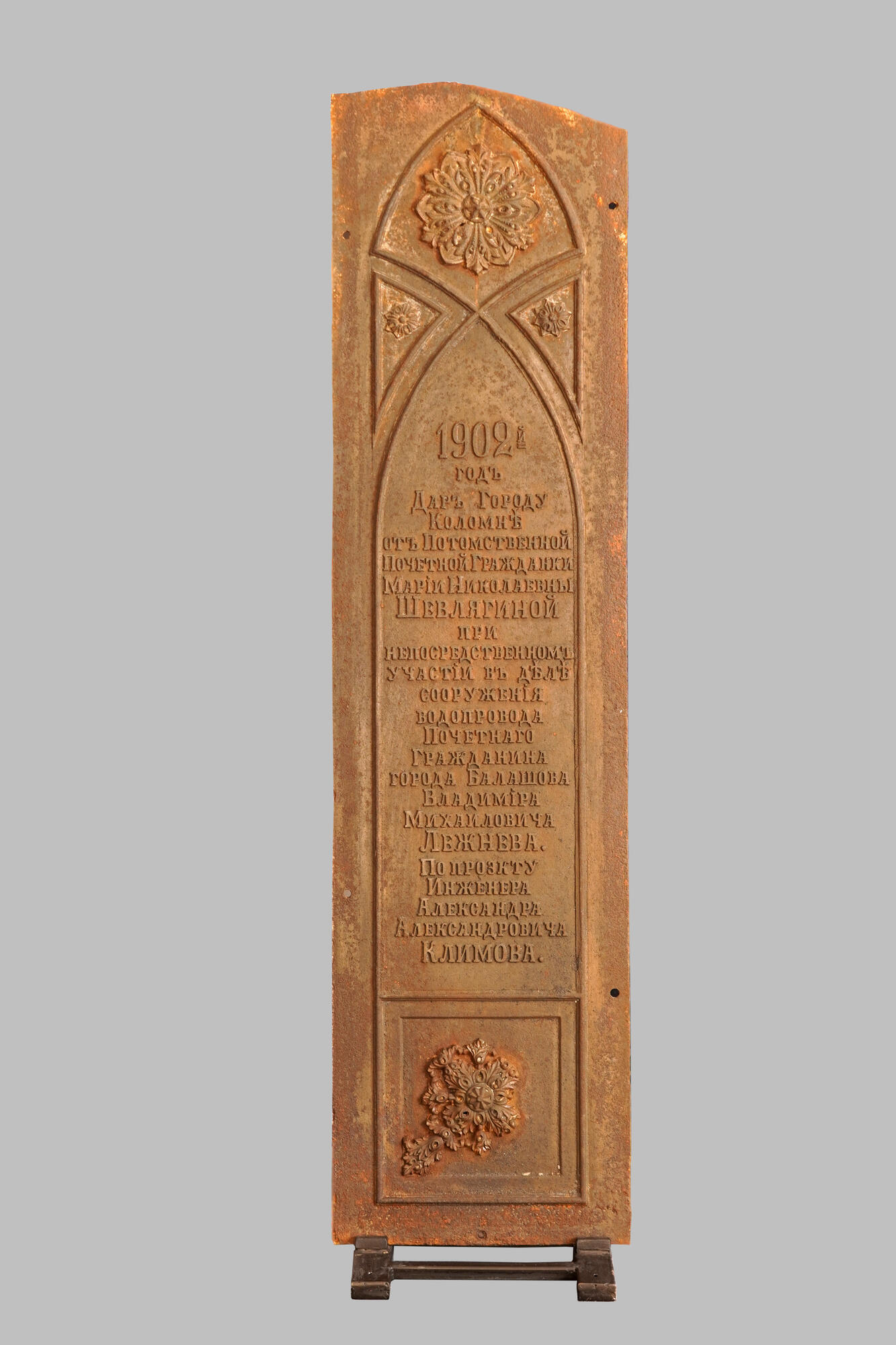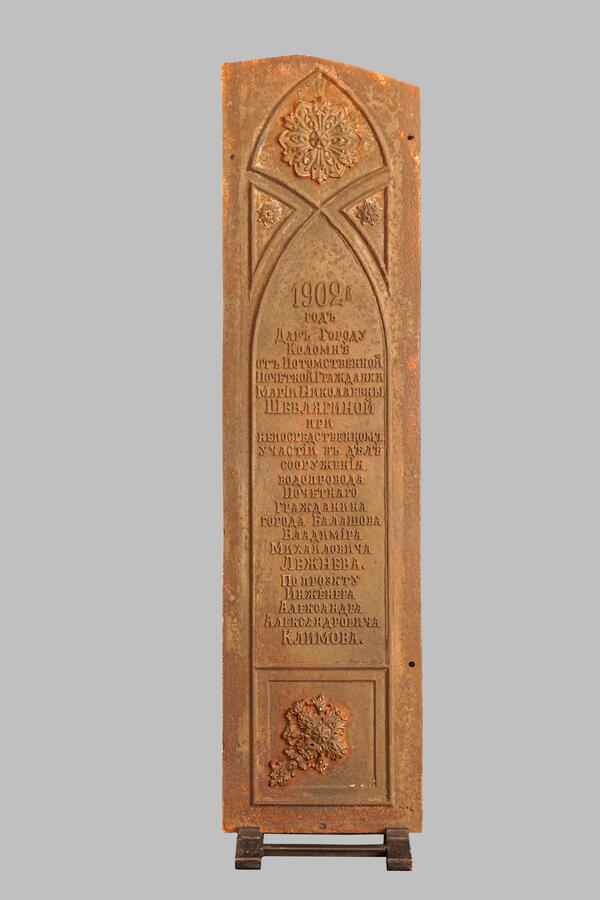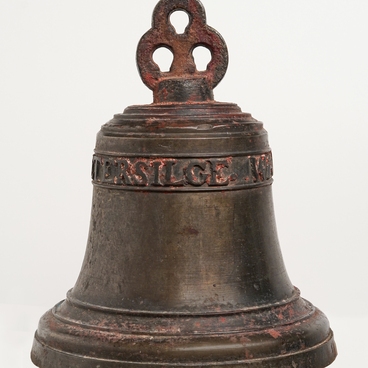Kolomna has its own list of benefactors. The Shevlyagin family occupies a special place on it. At the turn of the 20th century, Kolomna faced the problem of supplying the city with drinking water. The water was usually collected from the Moskva River, but it was of poor quality, which caused the spread of dangerous diseases among the townspeople. Thus, it became an urgent necessity and one of the first priorities for Kolomna in those years to develop a water supply system.
In 1902, according to Nikolay Afanasyevich Shevlyagin’s bequest, his widow Maria Nikolayevna donated 50,000 rubles from the family funds to construct the first water pipeline in the town. Maria Nikolayevna stipulated an obligatory condition for the town government: the water supply system was to be free of charge for all inhabitants of the town.
The town council sent an order for a water pipeline project to the company Bari, where the eminent Russian engineer Vladimir Shukhov worked. A water tower of his design appeared in Kolomna. Kolomna residents were able to get the purest artesian water. Water was supplied to the Kislovskaya hospital, and to the houses of the wealthy citizens of Kolomna. While for the rest of the citizens six water standpipes were installed, popularly known as the Shevlyagin’s standpipes (basseyki).
The museum presents a commemorative plaque mounted on the standpipe in Zhitnaya Square, the inscription on which confirms that the water supply system was a “gift to the town from the hereditary townswoman Maria Nikolaevna Shevlyagina”. The water pipe’s annual operating cost was 10,000 rubles. It is noteworthy that 1000 rubles was collected from the owners of the houses where the water was supplied, another 1000 — from the city budget and 8,000 — from the bank account of M. N. Shevlyagina. The Kolomna water supply system was one of the cheapest in Russia. Tap water was used by 80% of the local people.
During the Soviet years, the system became dilapidated, obsolete and was dismantled. The standpipes were lost. These days, a decision was made to restore the Shevlagin stanpipes as monuments and landmarks, and on 18 April 2013, the first replica of the Shevlagin standpipe, recreated according to old drawings, was unveiled on the former Molochnaya Square, also known as the Square of the Five Corners. A few years later, on 14 September 2019, another Shevlagin standpipe appeared on Lazarev Street.
In 1902, according to Nikolay Afanasyevich Shevlyagin’s bequest, his widow Maria Nikolayevna donated 50,000 rubles from the family funds to construct the first water pipeline in the town. Maria Nikolayevna stipulated an obligatory condition for the town government: the water supply system was to be free of charge for all inhabitants of the town.
The town council sent an order for a water pipeline project to the company Bari, where the eminent Russian engineer Vladimir Shukhov worked. A water tower of his design appeared in Kolomna. Kolomna residents were able to get the purest artesian water. Water was supplied to the Kislovskaya hospital, and to the houses of the wealthy citizens of Kolomna. While for the rest of the citizens six water standpipes were installed, popularly known as the Shevlyagin’s standpipes (basseyki).
The museum presents a commemorative plaque mounted on the standpipe in Zhitnaya Square, the inscription on which confirms that the water supply system was a “gift to the town from the hereditary townswoman Maria Nikolaevna Shevlyagina”. The water pipe’s annual operating cost was 10,000 rubles. It is noteworthy that 1000 rubles was collected from the owners of the houses where the water was supplied, another 1000 — from the city budget and 8,000 — from the bank account of M. N. Shevlyagina. The Kolomna water supply system was one of the cheapest in Russia. Tap water was used by 80% of the local people.
During the Soviet years, the system became dilapidated, obsolete and was dismantled. The standpipes were lost. These days, a decision was made to restore the Shevlagin stanpipes as monuments and landmarks, and on 18 April 2013, the first replica of the Shevlagin standpipe, recreated according to old drawings, was unveiled on the former Molochnaya Square, also known as the Square of the Five Corners. A few years later, on 14 September 2019, another Shevlagin standpipe appeared on Lazarev Street.



